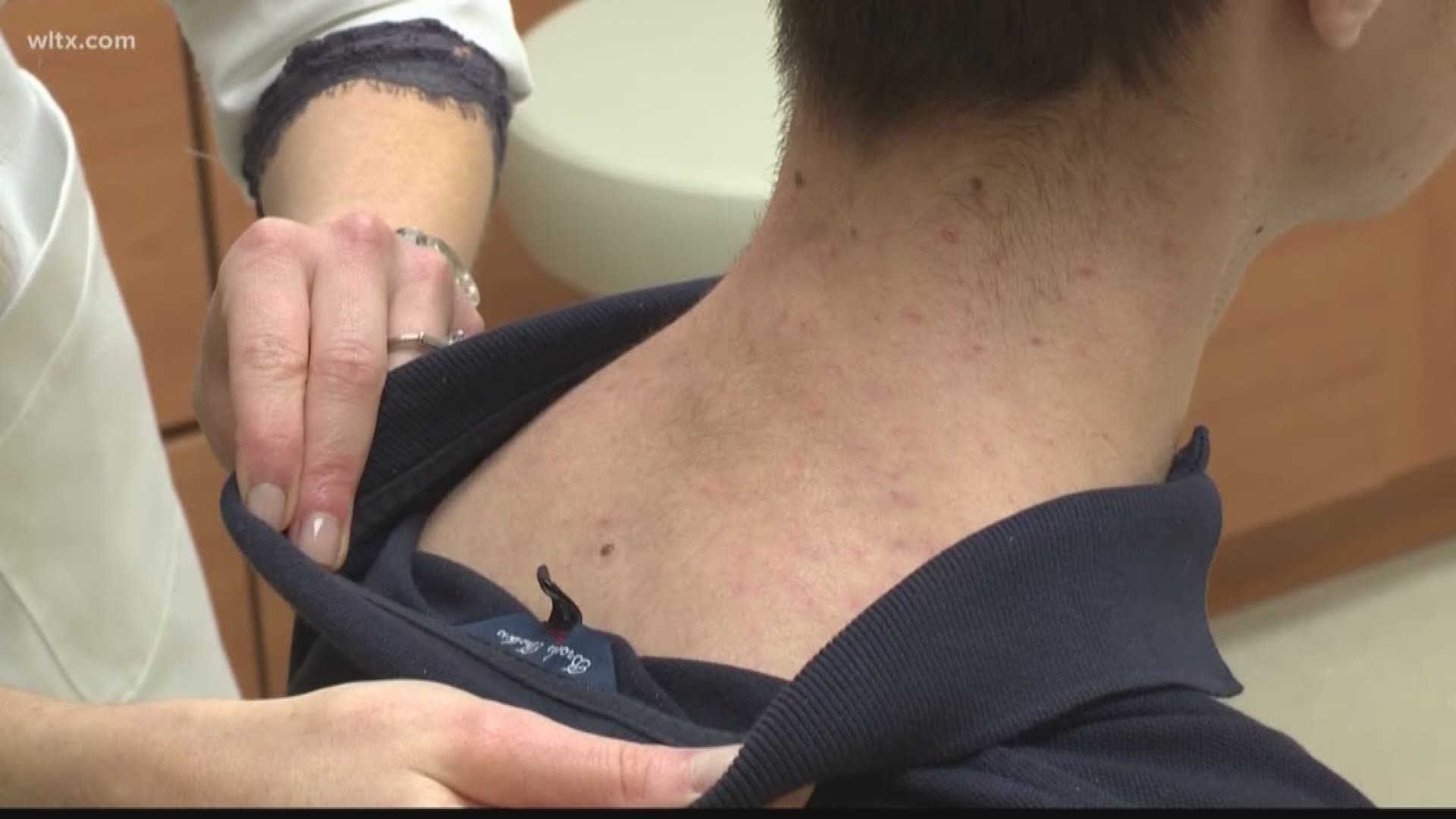Skin cancer is the most common type of cancer in the United States. The American Academy of Dermatology says one in five Americans will develop the disease in their lifetime.
During the month of May, dermatologists are raising awareness about skin cancer. This year National Melanoma Monday is May 7.
While melanoma is the deadliest form of skin cancer, doctors say it's preventable and treatable if caught early. It has been increasing in the U.S. in recent years and is the most common cancer found in young adults, especially young women.
"It tends to occur in younger women , in areas that are often covered... On thighs or stomach or breast or buttocks," says Dr. Elizabeth Hale of NYU Langone Medical Center. "If they see a mole changing or a new spot on their skin they should get it checked by dermatologist right away. Most skin cancers are preventable and totally curable when caught early."
Nearly 90 percent of melanoma cases are thought to be caused by exposure to ultraviolet light from indoor tanning and the sun. According to the Melanoma Research Foundation, about 10,000 people die from the cancer each year.
Experts say it's important to remember that anyone can get skin cancer, regardless of skin color. Early detection is key.
The AAD says everyone should check their own skin regularly. Skin cancer can develop anywhere on the body and it's one of the few cancers you can usually see on your skin. Here's what to look for:
- Areas of skin that vary in color
- Spots that are larger than a pencil eraser
- Moles or skin lesion that look different or is changing size or color
- Spots that are changing, itching or bleeding
If you see anything out of the ordinary, it's best to consult a dermatologist sooner rather than later.
Also, keep in mind every time you go outside or use an indoor tanning bed, your skin is exposed to damaging UV rays. This cause premature skin aging and also increases your risk of getting skin cancer.
According to the AAD, here's what you need to know to better protect your skin:
Don't skimp on the sunscreen. Generously apply sunscreen to all exposed parts of your body, including your ears, neck, hands, feet and lips. Dermatologists recommend using a sunscreen that is broad spectrum, water resistant and has an SPF of 30 or higher. You should reapply every 2 hours after swimming or sweating.
No sunscreen can block 100 percent of the sun's rays. It's important to wear clothing for added protection. Look for light weight, long-sleeved shirts and pants and sunglasses with UV protection.
When spending time outdoors, try to be in the shade from 10 a.m. - 2 p.m. That's when the sun's rays are the strongest. If there is no shade around, create your own using an umbrella or wide brimmed hat to protect your skin.
Say goodbye to tanning. One indoor tanning session can increase your risk of developing melanoma by 20 percent. Experts say women younger than 30 are six times more likely to develop melanoma when if tanning indoors. Tanning outside and indoors can lead to wrinkles, age spots and skin cancer. If you want the golden glow, use a self tanning product instead.
Be extra careful around water, sand and snow. These surfaces reflect the sun's rays increasing your chance of sunburn.
The American Academy of Dermatology and CBS News contributed to this article.

